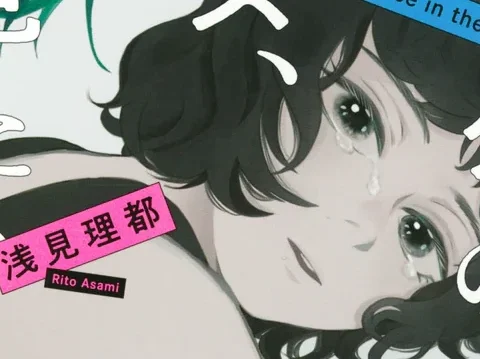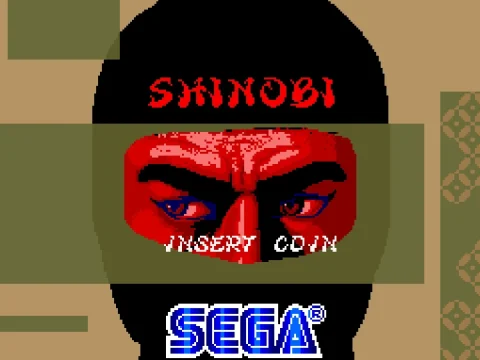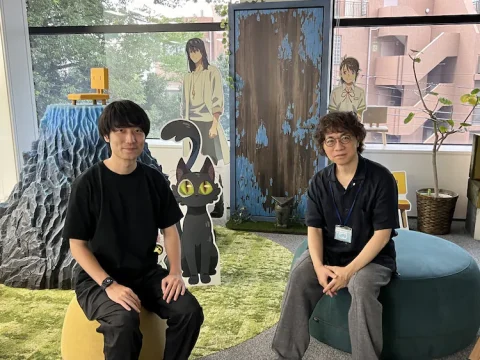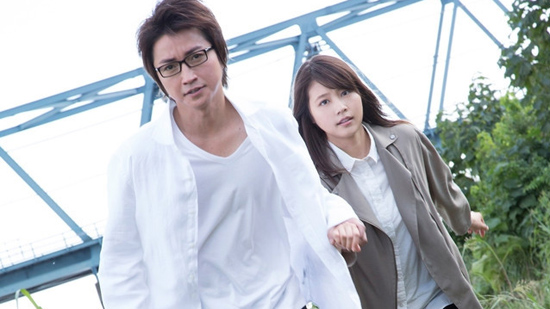
Delve into the history of Japanese marketing and it won’t be long before you come across the phrase “media mix.” Simply put, it’s the practice of spreading content across multiple platforms. When Pokemon was released 20 years ago, for example, it was simultaneously a game (two, actually), an anime series, and a collectable card game. No medium was safe from the yellow menace known as Pikachu.
That might explain why a single month is seeing the finale of the ERASED (Boku dake ga Inai Machi) manga, anime, serialized spinoff novel, and the debut of this live-action film adaptation, starring Tatsuya Fujiwara (Death Note) and Kasumi Arimura (Amachan).
But a side effect of this simultaneous media blitz is that you can’t help comparing the film to the still-running anime (its final episode airs this week) or the original manga, for that matter, and by any reasonable standard, the movie just doesn’t stack up.
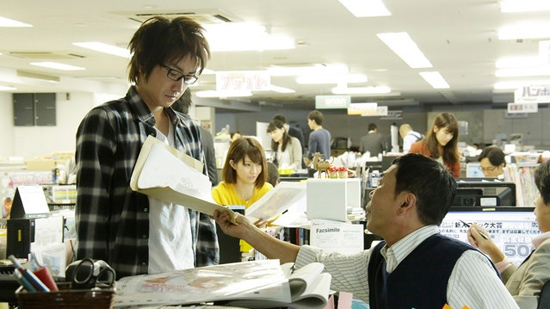
For those who haven’t been swept up in the ERASED phenomenon, a brief primer: failed manga artist and pizza delivery man Satoru Fujinuma (Fujiwara) has one thing going for him: the ability to go back in time and prevent accidents, injuries, and all manner of bad stuff. This power, which he calls “revival,” usually sends him back only a few seconds, but when an unsolved series of abductions that occurred when Satoru was a boy come back to haunt him and his mother, he suddenly jumps back in time 18 years into his 11-year-old body. His mission: to stop the incidents from ever occurring.
It’s not an entirely original idea (I just felt like I was summarizing Quantum Leap), but ERASED uses the concept in interesting ways and has sympathetic, interesting characters. The anime version has become one of my favorites shows of the season.
The film, on the other hand, plays like a bad cover version, retreading the same beats without adding anything of value.
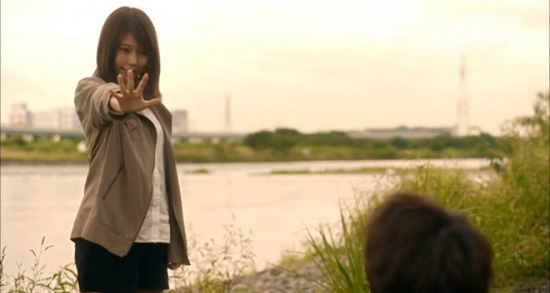
The direction by Yūichirō Hirakawa, who works mainly in TV, is entirely pedestrian, without a single frame that might be called artistic. The production quality is also TV level, with cheap-looking sets and cinematography (plus some laugh-out-loud bad makeup used to oldify one character in the modern-day scenes).
Tatsuya Fujiwara is okay as Satoru: the character being kind of boring and aloof helps. Veteran Yuriko Ishida, who played San in Princess Mononoke, probably does the finest work of the bunch as Satoru’s mother Sachiko. The rest of the performances are your average painful TV-style overacting.
But it’s hard to blame the actors. Straight-up live-action adaptations of manga and anime just rarely, if ever, work. Lines of dialogue or actions that seem natural in one medium feel forced and strange when used in another. Live-action versions of manga can succeed, but directors and screenwriters need to be cognizant of the strengths and limitations of the medium they’re working in, adapting the source material to fit.
Slavish copies like this one are the movie equivalent of people covering their favorite songs in their bedrooms on YouTube. Sorry, guy playing “Stairway to Heaven” in your underwear: I’ll stick with the real thing.


